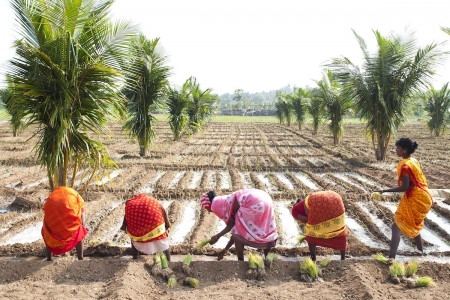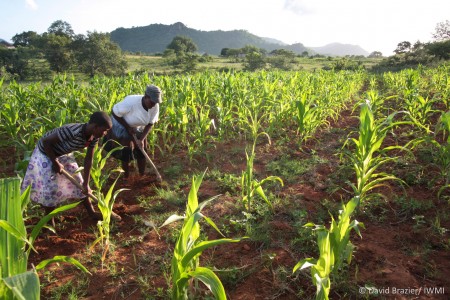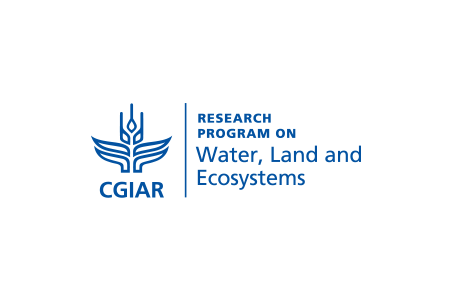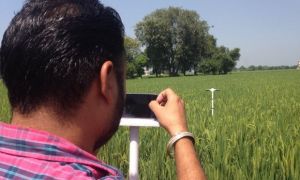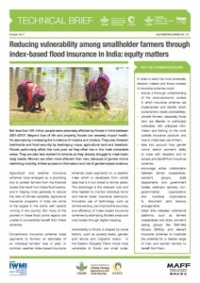As environmental and climate unpredictability intensifies across the planet, agriculture is facing new and complex challenges – but also potentially game-changing technological solutions. And alongside these sweeping changes, agriculture is adjusting to new social realities, particularly changes to the roles of women.
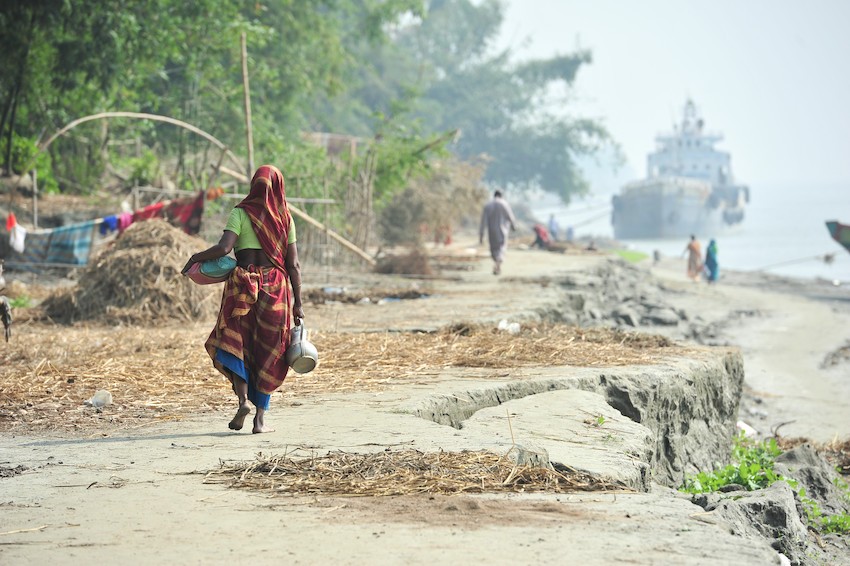
Women are playing increasingly active, decision-making roles in many aspects of crop production. More and more this is reflected in a transition from farm laborer to farm manager, as men migrate to urban centers in search of paid employment. Yet despite these changing roles women remain among the most vulnerable to climate shocks such as flood events.
Floods do not affect local people equally. Floods in Bangladesh lead to more casualties than floods in the US, for example. This is because vulnerability to climatic extremes is rooted in social factors as much as in biophysical risks. Even within the same community, marginalised groups and women are often more exposed and vulnerable to climate extremes. Marginalised groups are also often poor – poverty being only a proximate cause of vulnerability. Addressing vulnerability requires tackling its structural causes – the political economic structures and social and gender norms that systematically exclude some social groups from access to information, public services and infrastructure, and ultimately from decision-making arenas.
Agriculture focused weather insurance schemes have emerged as a promising tool to protect farmers from financial losses resulting from flood events. These initiatives help to reduce the risks of climate variability. However, past experience in India shows that it is a challenge to ensure that such tools actually benefit the most marginalised, including women farmers. For instance, most insurance schemes require farmers to have legal land titles, meaning it automatically excludes tenant farmers and most women.
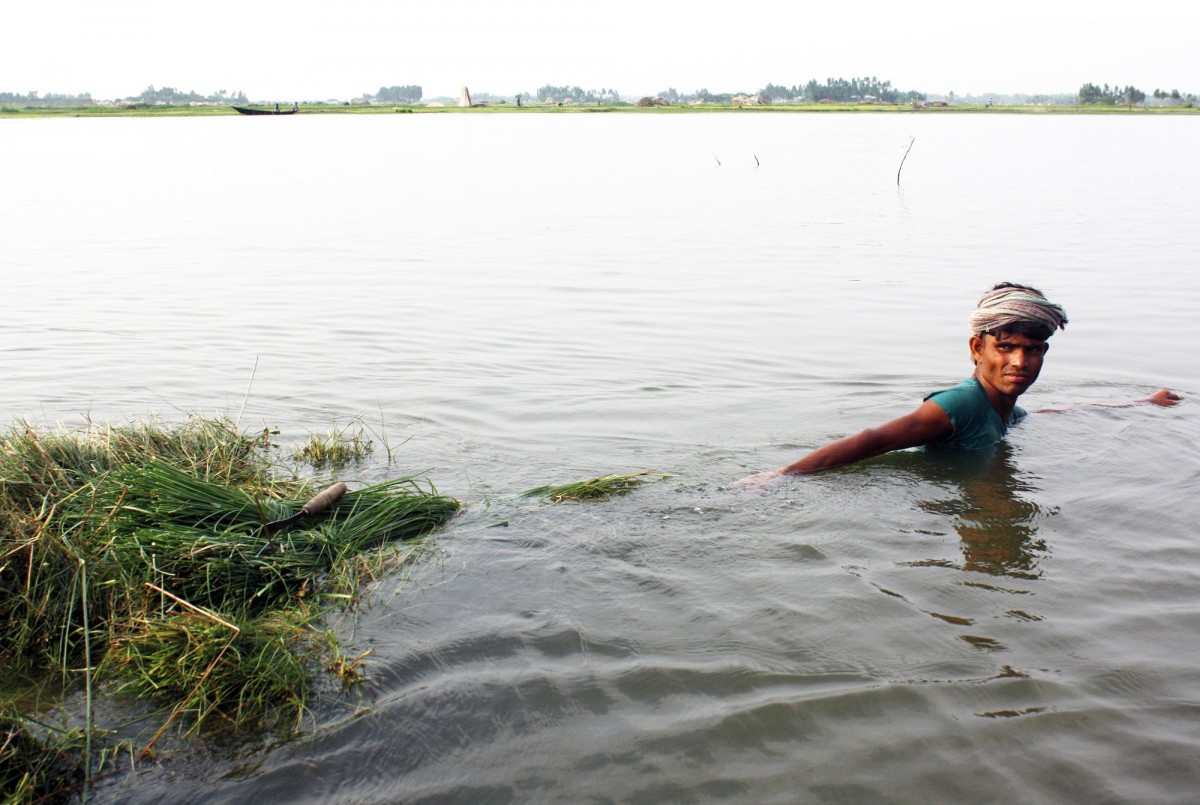
Benefits of crop insurance go beyond food on the table
In collaboration with the CGIAR Research Program on Climate Change, Agriculture and Food Security (CCAFS), WLE and IWMI have been exploring how index-based flood insurance in particular could enhance climate resilience while addressing gender and social inequalities for rural farmers in India and Bangladesh.
The research team has been using remote sensing to improve the accuracy and efficiency of agriculture focused, index-based insurance schemes by estimating flooded areas and crop losses through digital mapping. Through their research, and a pilot scheme in India, the WLE and CCAFS team have prioritized the development of rapid, effective payout schemes for low-income, flood-prone communities. The aim is to improve both the access to insurance and to the benefits that women, as well as men, farmers receive from them. Overall, the goal, as detailed in this project video, is to work to ensure that farmers, whether women or men, have a more secure future through climate smart agriculture.
In conventional insurance schemes, payments to farmers affected by crop loss are based on estimates of an individual farmers' loss in yield. But weather index-based insurance schemes do things differently. Index-based insurance evaluates payments on a weather index which is developed from rainfall data that is in turn linked to farmer yields. The costs of monitoring individual farms in this way can be significantly reduced.
It's then possible to offer lower insurance premiums. This means that the benefits of agriculture focused flood insurance becomes much more accessible to a greater number of people, including many women and marginalised farmers with low incomes who would otherwise not be able to afford premiums. Another benefit is that the remote sensing approach speeds up the process of loss assessment and compensation payment. This helps the most vulnerable farmers – often women – move on more quickly from a destructive flood event and secure their livelihoods and food security.
Being able to focus on a specific, individual farm however may not be without its challenges. For example, critics of flood insurance approaches elsewhere say that taking an individualist, risk sensitive, market based approach where a person's payments are proportional to their level of risk could come at the expense of fairness and social justice. A more solidaristic, risk-insensitive approach in which people who are at less risk contribute to supporting those at higher risk may be preferable. So weather index-based flood insurance scheme initiatives may need to find a careful balance between offering accurate payouts and placing high premiums on 'high risk' areas.
Still more needs to be done if flood insurance schemes, including those that are index-based, are to make really significant inroads into addressing the needs of rural women and marginalised tenant farmers by enhancing their resilience to climate change.
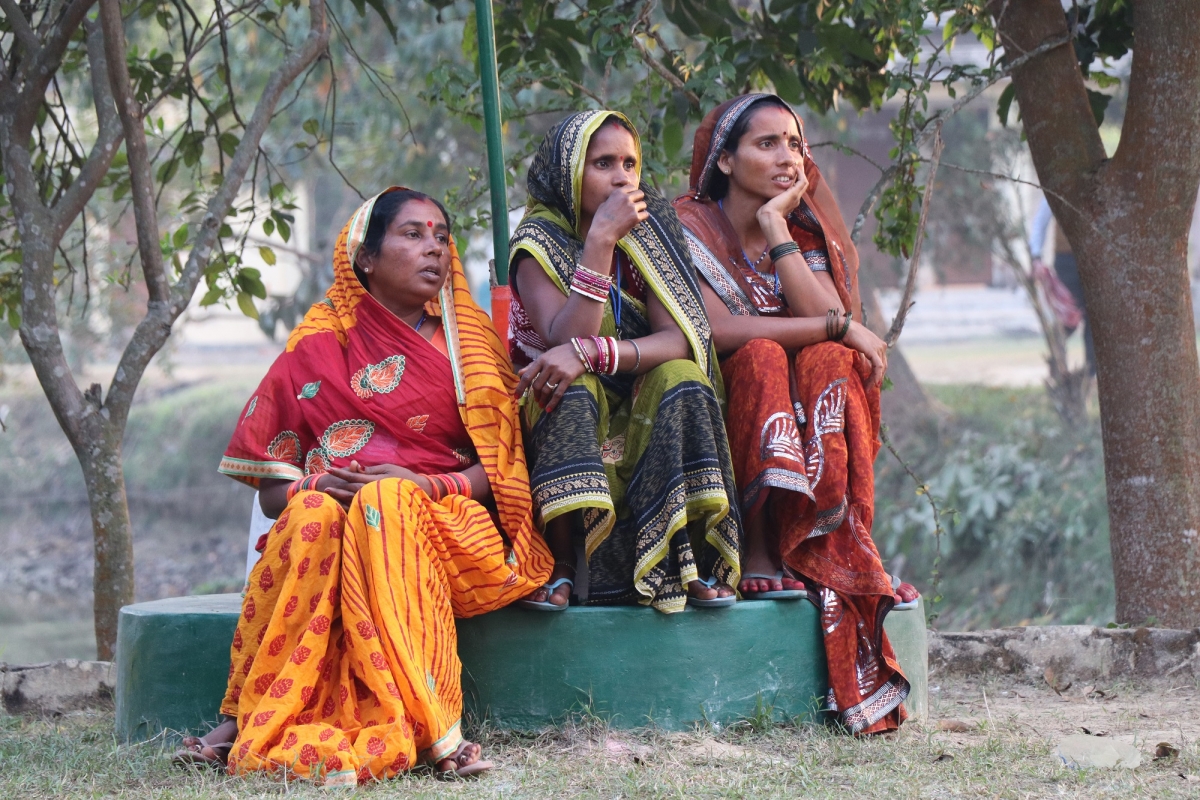
So what more could be done by those involved in offering agriculture focused insurance?
So what more could be done by those involved in offering agriculture focused insurance? WLE, IWMI and CCAFS, as detailed in a recently published Technical Brief, have identified a number of recommendations that could help the most vulnerable benefit from these risk mitigation tools. It requires adopting an affirmative approach to reach the most vulnerable, and investing additional resources and efforts to make sure insurance schemes reach women and tenant farmers. It can include designing specific information dissemination tools such as short videos or radio programs, that are accessible to those with low levels of literacy. These need to provide them with adequate information on insurance options and on the payout conditions and process. It can also require specific capacity building activities for women and the most vulnerable to ensure they are able to make use of the information on insurance schemes.
A recent study conducted in Bangladesh revealed that improving women's financial literacy would encourage them to invest in insurance. It indicates that women farmers currently lack trust in insurance institutions. Efforts to reach out to women, and to tenant farmers who do not own legal land titles, can be enhanced by relying on existing, inclusive, grassroots organisations and networks. For example, youth clubs, self-help groups or cooperatives could work as intermediary organisations between insurance companies and farmers.
So what's happening in Bihar, India, since the index based flood insurance pilot project began roll-out in 2015? Well, it’s anticipated that the first payouts will be paid this month to farmers who have been impacted by a destructive flood.
And, following positive responses to the pilot scheme from farmers and others involved, there are now plans to significantly expand the pilot in a second phase. In pursuit of that the team are now in discussions with the national government to bring the benefits of this new approach to many more farmers and link to India's Prime Minister Crop Insurance Scheme (PMFBY). Scaling up this initiative could increase the resilience of smallholders and contribute to the sustainability of agri-food systems in the future.





